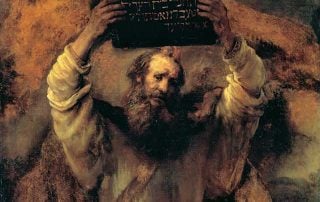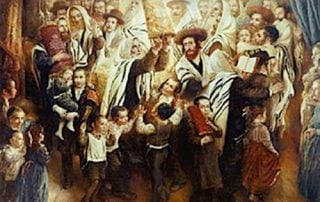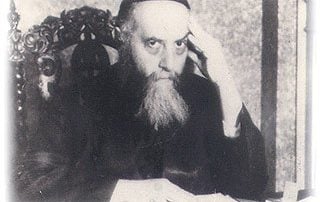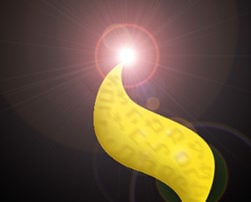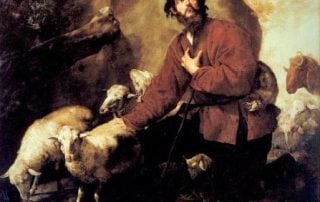The Entangled Tenth
And all the tithe of the herd or the flock, whatsoever passeth under the rod, the tenth shall be holy unto the Lord.” (Leviticus 27:32) This Shabbat, I was called up to the Torah for the last aliyah (lit. “ascent”, meaning the reading from the Scroll) of the book of Leviticus. This portion talks about tithing animals, giving the precise procedure for doing so – every animal is released from a pen one by one while being counted – one, two, three, … , ten. The tenth animal is touch by the rode and consecrated as the ma’aser – tithe. The Torah states that every tenth animal is holy unto G‑d. What is the state of the animals before counting? They have two possible states: (1) chulin, i.e., “not sacred” and (2) ma’aser, [...]



